Tooth loss is a common issue. It affects millions of people each year. Missing teeth can cause discomfort, affect self-confidence, lead to bone loss and adjacent tooth movements.
Over time, the jawbone can shrink due to a lack of stimulation, making it harder to replace missing teeth effectively.
So what is the effective solution to this?
The answer is “dental implants”.
Dental implants offer a lasting, natural-looking replacement option. It integrates directly with the jawbone. It is made of titanium. Implants become part of the bone, which makes a stable base for crowns, bridges, or dentures.
This guide will cover everything from types of dental implants and the placement process to costs, aftercare, and benefits. You can get back to using your teeth and improve your quality of life with dental implants. This will give you a confident, full smile that will last.
Let’s dig deeper into this!
What Are Dental Implants?
Dental implants are artificial tooth roots. These are usually made of titanium. Dental implants can effectively replace missing teeth.
They are surgically rooted into the jawbone to support replacement teeth, bridges, or dentures.
Dental implants integrate with the bone. This provides a secure and lasting solution.
This method is particularly beneficial as it helps prevent bone loss and offers durability. These closely function like natural teeth.
Dental implants are suitable for individuals who have:
- One or more missing teeth
- A fully grown jawbone
- Healthy oral tissues
- Ability to undergo a surgical procedure
Benefits of Dental Implants
Dental implants offer several advantages over traditional alternatives. Here are a few important ones:
Natural Look and Feel
Implants closely mimic natural teeth, both in appearance and function.
They help maintain facial structure and prevent bone loss. Their realistic appearance also enhances one’s confidence and appearance.
Convenience and Comfort
Implants are stable and will not slip like removable dentures.
So, they are more comfortable to wear while eating, talking, or smiling.
Long-term Solution
Dental implants are known for their longevity. If you take good care of them, they can last for decades. Implants are a one-time fix for most people. This makes them a more permanent option than dentures or bridges, which need to be replaced more often over time.
Improved Oral Health
Implants do not rely on neighboring teeth for support. So they preserve the integrity of the surrounding teeth.
This results in better long-term oral health.
Prevents Bone Loss
If you lose a tooth, the jawbone in that area breaks down because it does not have any stimulation. Implants replace this stimulation, which keeps the bone healthy and prevents further loss.
Types of Dental Implants
The type of dental implant you need depends on your budget, health, and lifestyle.
Let’s have a look at the primary types:
1. Endosteal Implants
Endosteal implants are the most commonly used type. These implants are placed directly into the jawbone. These typically look like small screws.
Once they bond with the bone, a connector (or abutment) is attached to hold the replacement tooth.
2. Subperiosteal Implants
The subperiosteal implant is an option for people who do not have enough healthy jawbone for endosteal implants.
They are placed on top of the jawbone but beneath the gum tissue. This option is ideal for those who cannot undergo bone grafting.
3. Zygomatic Implants
Zygomatic implants are a complex option for those who have significant bone loss in the upper jaw. And cannot support traditional implants.
These implants anchor into the cheekbone (zygoma) instead of the jawbone.
4. All-on-4 Implants
If you need multiple teeth replaced, the All-on-4 technique may be an effective option.
Four implants are strategically placed in the jaw to support an entire arch of teeth. This offers a full-mouth restoration with minimal implant use.
The Dental Implant Procedure
The dental implant process can seem daunting. But understanding each stage can make it less scary.
Here is a step-by-step overview:
1. Initial Consultation and Examination
Your dentist will evaluate your dental and general health. This may include a review of medical history and imaging tests like X-rays or CT scans.
This step helps determine if you are a suitable candidate and what implant type would be ideal. Consultation with a dentist allows patients to discuss concerns and assess treatment costs.
2. Preparation and Bone Grafting (if required)
If the jawbone is not dense or thick enough, a bone graft may be necessary. Bone grafting helps create a solid foundation for the implant.
It could take a few months for the graft to fuse with the jawbone after extensive grafting before the implant can be placed.
3. Implant Placement Surgery
At this stage, the titanium implant is surgically inserted into the jawbone.
Local anesthesia is usually sufficient, though sedation is available if preferred.
Over the next few months, the bone gradually fuses with the implant in a process called osseointegration. Which ensures stability.
4. Abutment Placement
Once the implant has integrated fully, an abutment is attached.
This part serves as the connector for the replacement tooth. This minor procedure requires reopening the gum tissue but typically heals within two weeks.
5. Crown Placement
The final step is placing the dental crown onto the abutment. A dental crown is a custom-made artificial tooth.
These are designed to match your surrounding teeth in shape and color. This provides a natural look and feel.
Dental Implant Aftercare Tips
Proper aftercare ensures your implants last as long as possible.
Here is how to care for your dental implants effectively:
Maintain Good Oral Hygiene
Regular brushing and flossing around your implants, especially using an interdental brush. This helps reduce plaque buildup and prevent gum disease.
Avoid Hard or Sticky Foods
Implants are strong but it is best not to bite down on hard things like ice or sticky candies, as it could damage the false tooth.
Regular Dental Visits
Schedule regular cleanings and exams to keep your implants in top condition and catch any potential issues early.
Quit Smoking
- Smoking can delay healing and increase the risk of implant failure so, quitting or reducing smoking significantly improves implant success rates.
Stay Hydrated
Drinking plenty of water helps remove food particles and keeps your mouth fresh. Which reduces the risk of infections around the implant site.
Conclusion
Dental implants are a reliable and long-lasting way to replace missing teeth. They also protect the health of your jawbone, improve your appearance, and bring back your function.
Implants can replace lost teeth effectively and naturally with the right type, procedure, and maintenance.
It is very important to choose a clinic with a good reputation for dental implants. There are many types and customized procedures, so you should be able to find one that works for you.
You can make the best choice for a healthy, beautiful smile that lasts a lifetime if you know what to do.

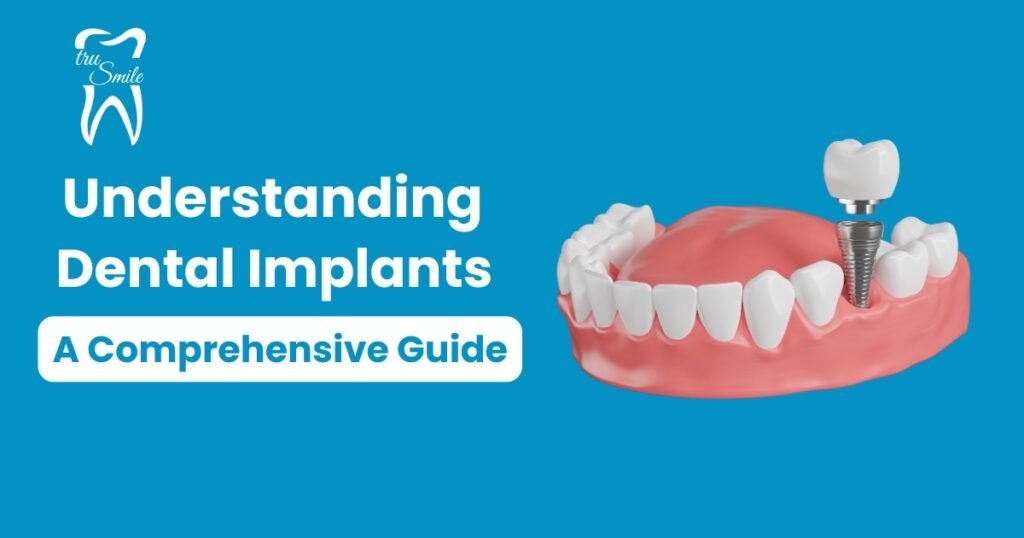
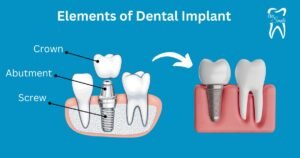
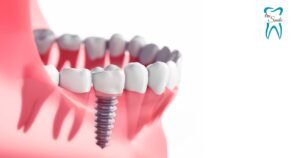
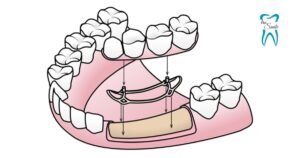
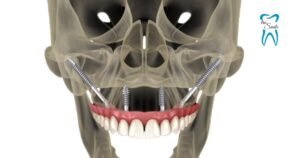
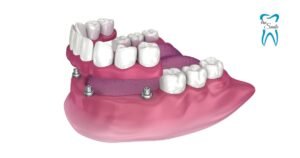
2 Responses